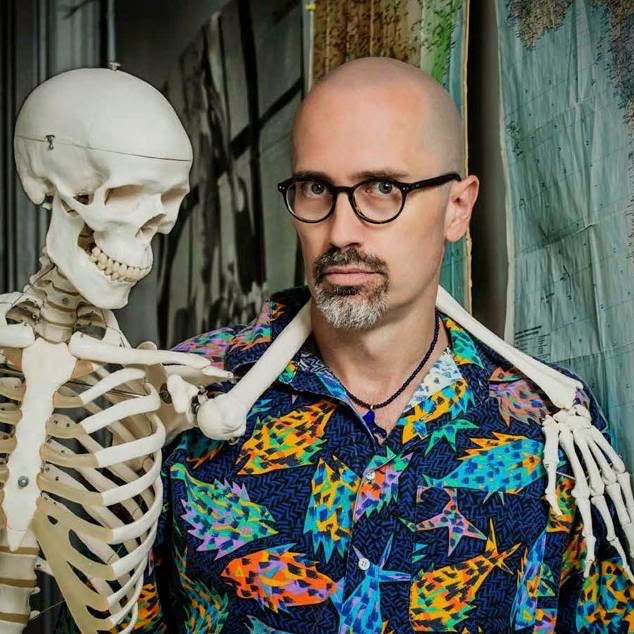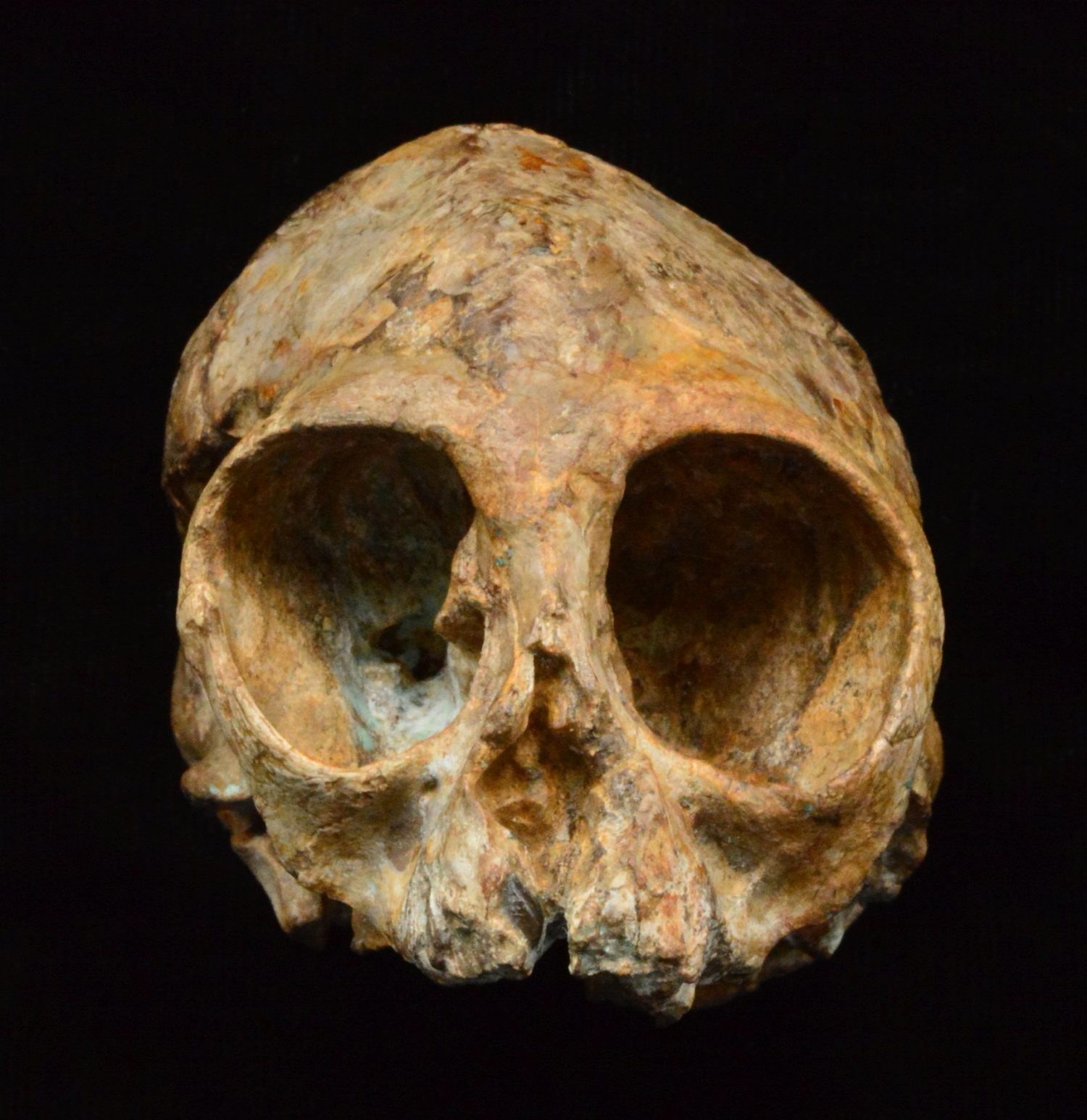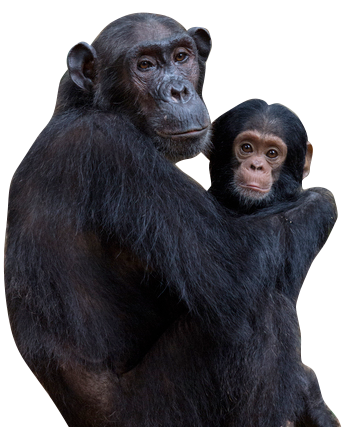Mother’s Milk Holds Key to Unlocking an Evolutionary Mystery From the Last Ice Age
Journal Article, Guest Post As biologists explore the variation across the genomes of living people, they’ve found evidence of evolution at work. Particular variants of genes increase or decrease in populations through time. Sometimes this happens by chance. Other times these changes in frequency result from the gene’s helping or hindering individuals’ survival.






